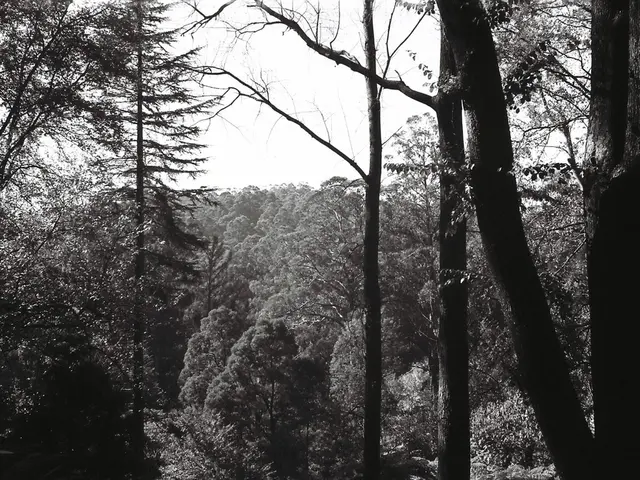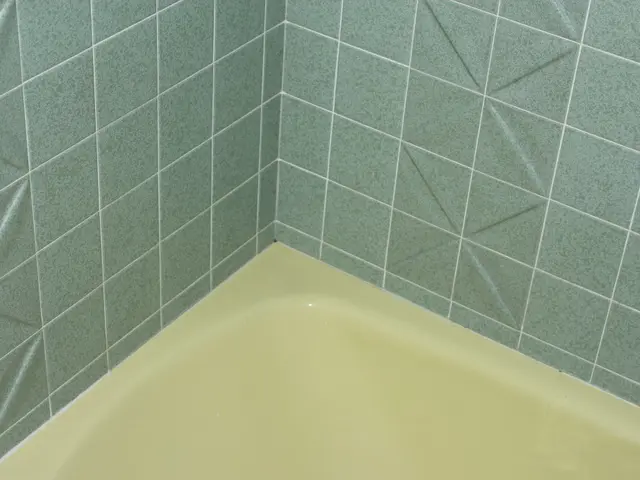Watercolor Mastery: Methods for Creating Vibrant Artwork
Watercolor painting, celebrated for its soft colors and fluid nature, offers a world of possibilities for artists seeking to create captivating and unique artwork. Here, we delve into eight advanced techniques that can elevate your watercolor creations to new heights of texture, depth, precision, and visual interest.
1. **Masking Tape Technique** Use masking tape to create sharp, straight lines or geometric shapes. Apply the tape to areas you want to keep paint-free, paint over with watercolor, then remove the tape once dry. This technique is ideal for modern, graphic effects or architectural elements in your painting.
2. **Lifting-Off Paint Technique** To create highlights or lighter textures, wet a painted area with a damp brush or sponge, then lift off some paint using a clean dry brush or paper towel. This adds depth and texture by manipulating existing washes.
3. **Scumbling Technique** Load a dry brush with paint then gently drag it across your paper for a rough, textured effect. Useful for creating tactile surfaces like rocks, bark, or fabric.
4. **Resist Technique** Apply masking fluid or wax to protect portions of your paper before painting over. Once paint dries, remove the resist to reveal crisp details or intricate patterns underneath. This technique is great for delicate highlights such as light reflections or detailed textures.
5. **Wet-on-Wet Technique** Applying pigments on a wet surface creates soft blends and seamless color transitions. Ideal for atmospheric effects, skies, or soft shadows, mastery requires speed and confidence to control paint flow.
6. **Glazing (Layering Transparent Washes)** Build luminosity and depth by applying multiple thin, transparent color layers after previous layers dry. This creates glowing skin tones, subtle color shifts, and visual richness. Patience and planning are key to avoid disturbing underlying layers.
7. **Alla Prima Watercolor with Dry Brushing** A method combining wet painting with deliberate dry brush strokes to create precise textures and controlled marks. Enables mixing spontaneity with fine details, perfect for portraits and complex compositions.
8. **Building Texture with Impasto (less common in watercolor but possible)** Using thicker paint or layering techniques to create physical texture on paper. Adds dimension especially when combined with dry brush or scumbling.
To apply these techniques effectively, plan your technique based on the subject: use masking for architecture, wet-on-wet for skies, dry brush for textures. Practice timing—wet-on-wet requires working on moist paper, glazing on dry. Layer gradually: build depth through successive washes rather than heavy initial applications. Experiment with tools such as sponges, tooth brushes, paper towels for lifting and texture effects. Combine multiple techniques for dynamic effects; for example, wet-on-wet backgrounds with masked sharp details on top.
Choosing the right paper, limiting brush strokes, and controlling water use are solutions to common pitfalls in watercolor painting. With practice and exploration, these advanced techniques can help you create truly stunning art rich in textural and tonal complexity.
- To add a modern touch to your watercolor creations, consider incorporating the masking tape technique for creating crisp, geometric lines suitable for fashion-and-beauty, home-and-garden, or books illustrations.
- If you're painting food-and-drink scenes or depicting light reflections, the resist technique can be particularly effective, enabling you to reveal intricate details and delicate highlights.
- To bring a tactile quality to your artwork, such as in scenes of nature or textured objects, experiment with the scumbling technique, which mimics the rough textures of fabric, bark, or rock surfaces.
- For entertainment purposes, consider executing elaborate and detailed compositions using techniques like the alla prima watercolor with dry brushing, which allows for spontaneity and fine details in portraits and complex scenes.
- In any painting, there are opportunities to combine multiple techniques for dynamic effects. For instance, you could use wet-on-wet techniques for atmospheric backgrounds and masking for sharply defined details in the foreground for a striking visual impact.




